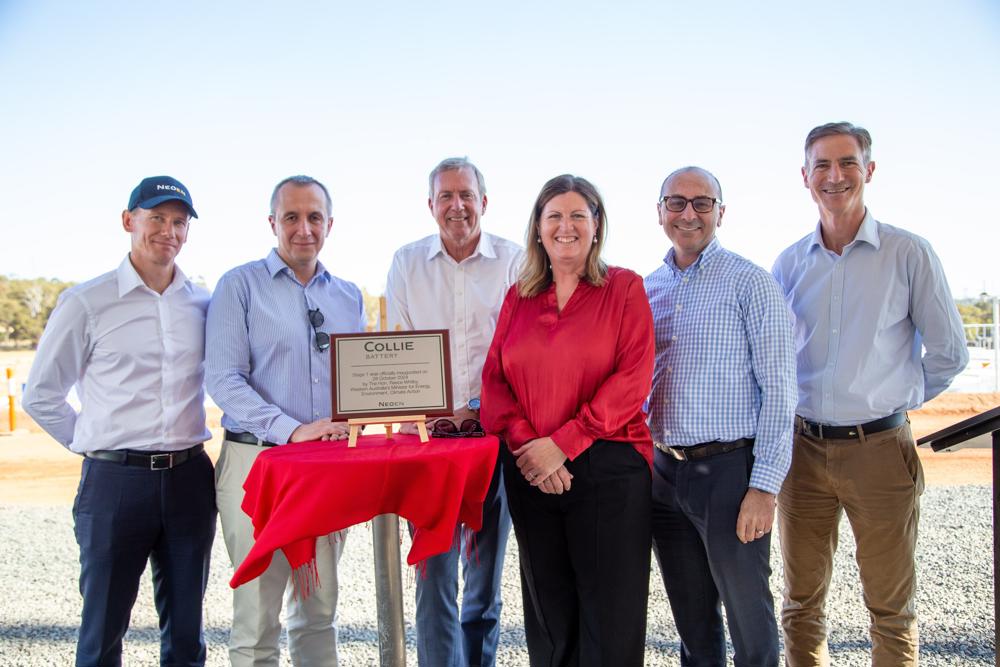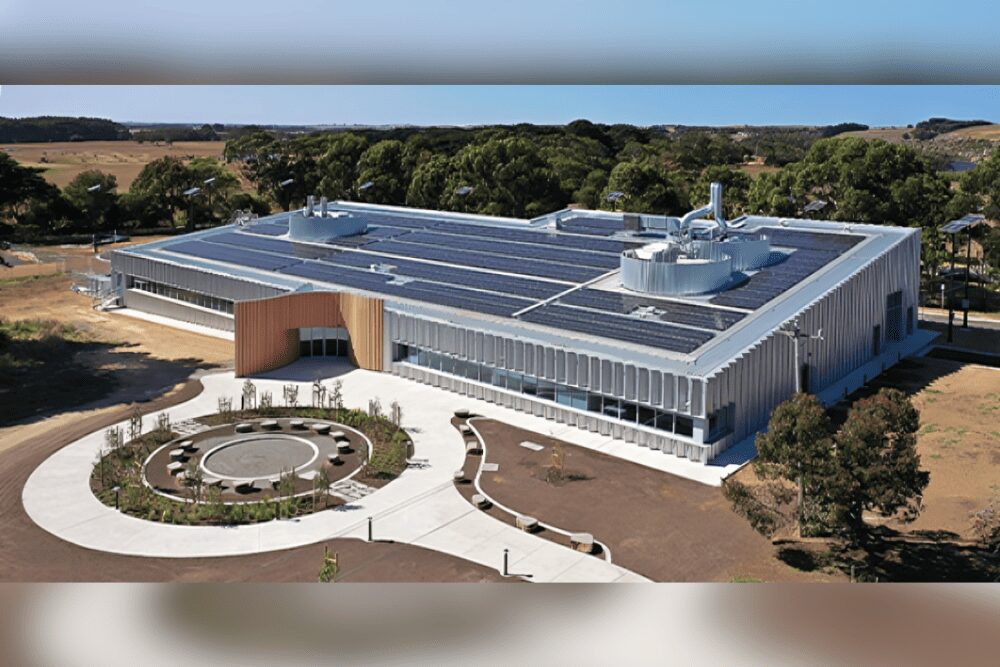
The Western Australian government has released a refreshed Renewable Hydrogen Strategy for the state, aiming to position it as a global renewable energy powerhouse.
The updated strategy, covering the period 2024-2030, focuses on leveraging the state’s abundant resources to produce green products and add value to its existing industries.
The new strategy outlines three key focus areas:
- Investing in infrastructure and activating hubs
- Accelerating approvals and enhancing social licence
- Supporting strategic green ammonia and green metals projects
This initiative is part of the government’s broader plan to diversify Western Australia’s economy and prepare for a sustainable future.
The strategy was developed in consultation with key stakeholders, incorporating feedback on crucial aspects such as approvals, infrastructure, land use, market incentives, and benefits for regional communities and Aboriginal people.
Premier Roger Cook emphasised the changing landscape of hydrogen technology and policy, stating: “The hydrogen landscape has changed significantly over the past five years with advancements in technology and new national and international policy settings.”
He added that the refreshed strategy reflects these changes, with a major focus on using renewable hydrogen to produce green materials essential for the global transition to net zero.
Western Australia is well-positioned to become a leader in the renewable hydrogen industry, with its abundant solar and wind resources.
The Pilbara region, for instance, boasts some of the highest solar irradiance in the world, reaching 2,350 kWh/sq m/year.
The state’s vast land area and low population density also provide favourable conditions for large-scale hydrogen production.
The government has already made significant investments in the energy transition, allocating more than $5.4 billion since 2017 to support new generation, transmission, and storage across Western Australia’s major electricity networks.
This includes the development of the Pilbara Hydrogen Hub, which received a total investment of $140 million from the state and federal governments.
The potential economic impact of a locally-based renewable hydrogen industry is substantial, with projections suggesting it could add billions to the Western Australian economy and create thousands of additional jobs per year.
By 2030, Western Australia is targeting a market share in global hydrogen exports similar to its current share in LNG, which stands at about 12 per cent.
As the state moves towards decarbonising its economy, the strategy prioritises the use of renewable hydrogen in hard-to-abate sectors, enabling sector-specific decarbonisation that brings the most benefit to Western Australia.
This approach aligns with the state’s goal of becoming a clean energy powerhouse while leveraging its established resources sector.
The updated strategy represents a significant step forward in Western Australia’s commitment to renewable energy and its ambition to play a leading role in the global hydrogen economy. As Premier Cook stated: “We’re delivering on what industry needs to make renewable hydrogen a reality — slashing red tape and streamlining approvals, and investing to unlock our strategic industrial areas.”










